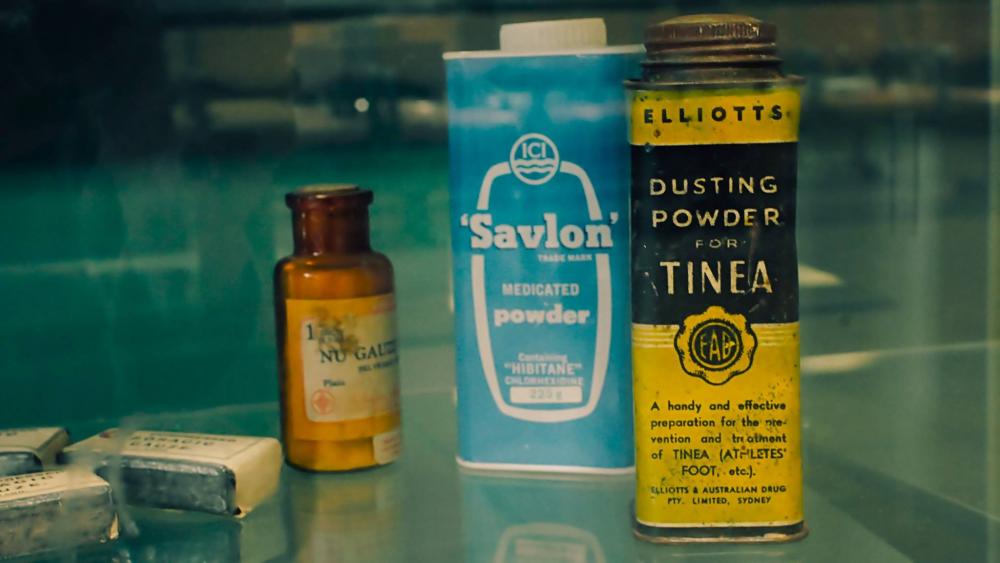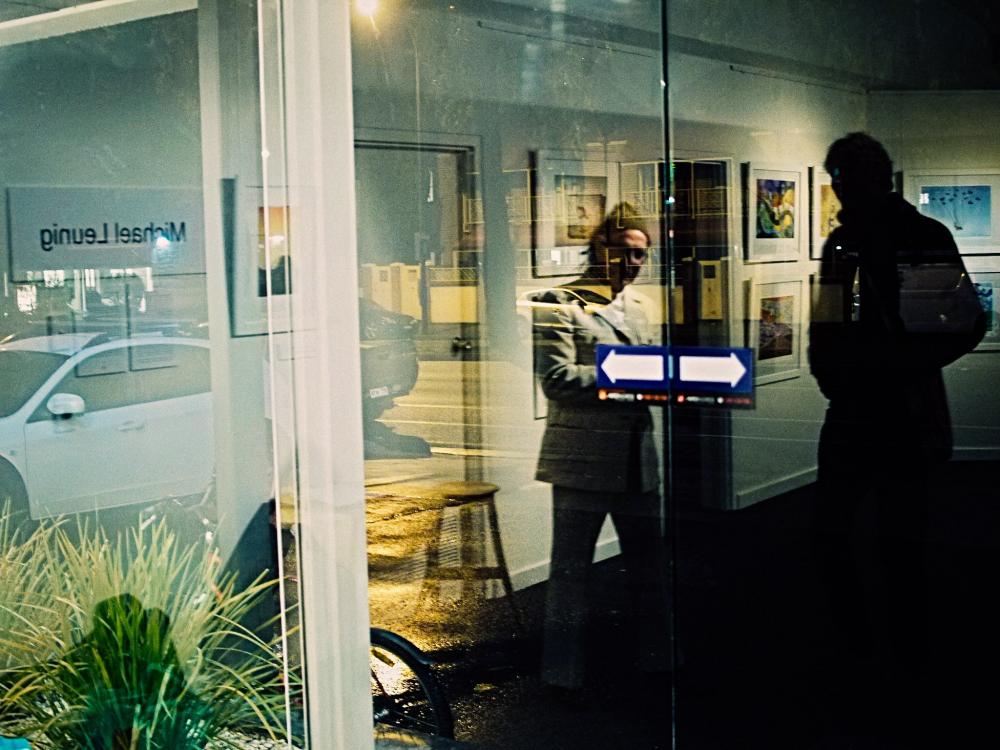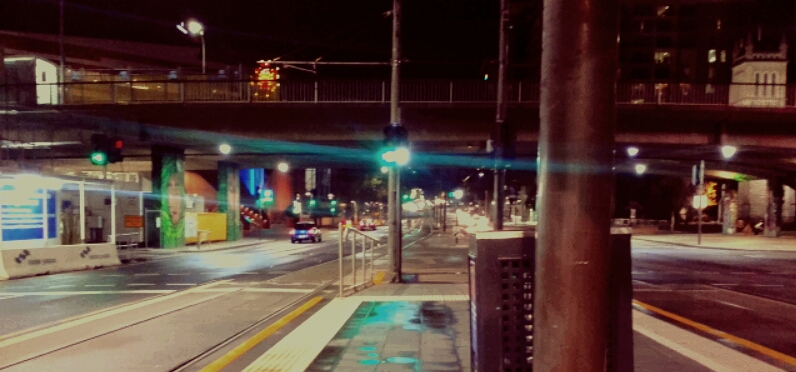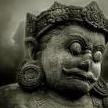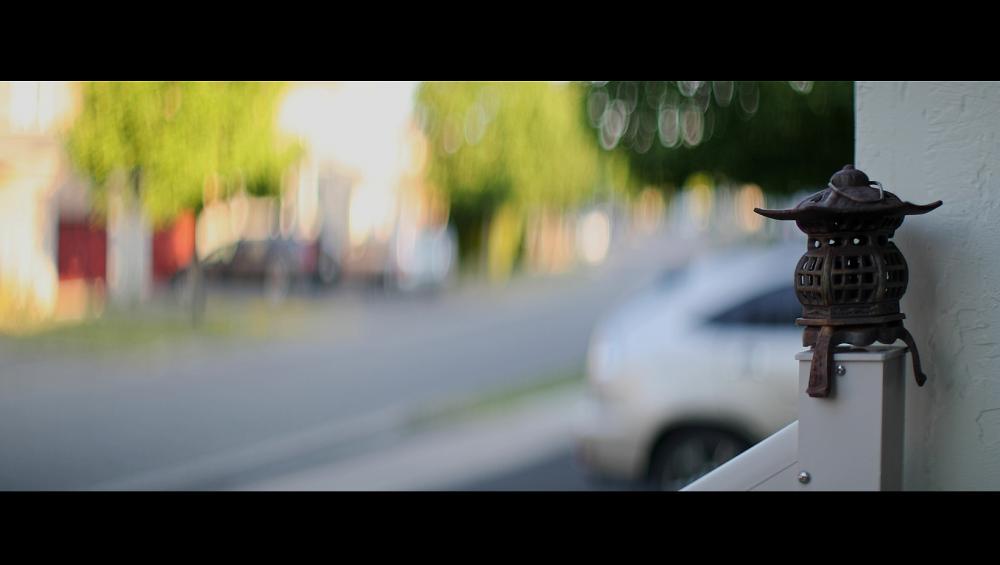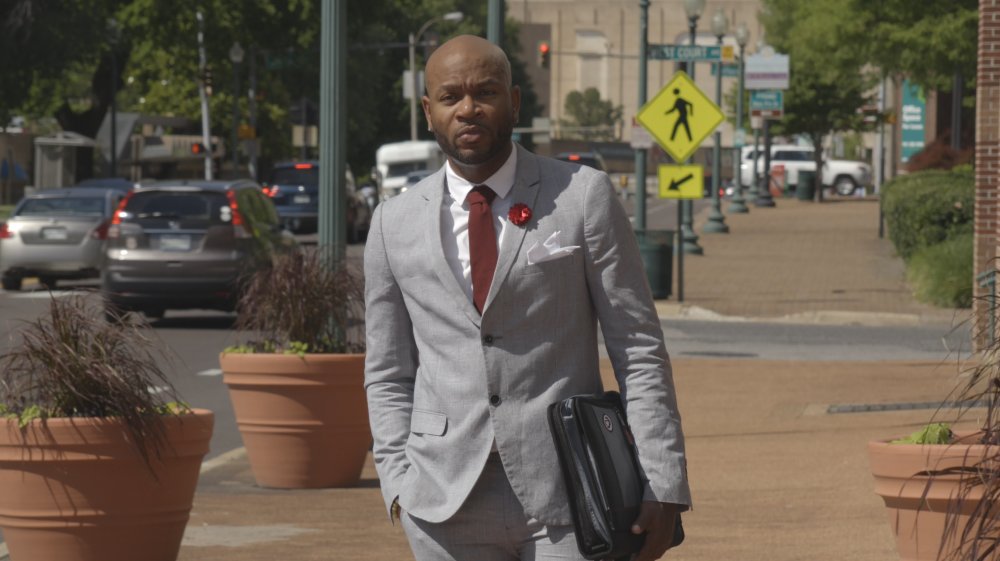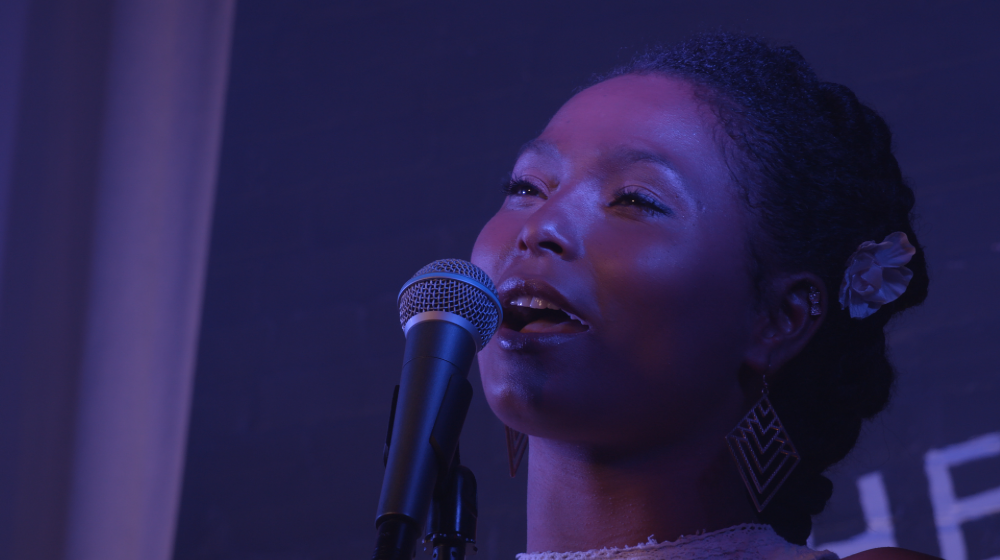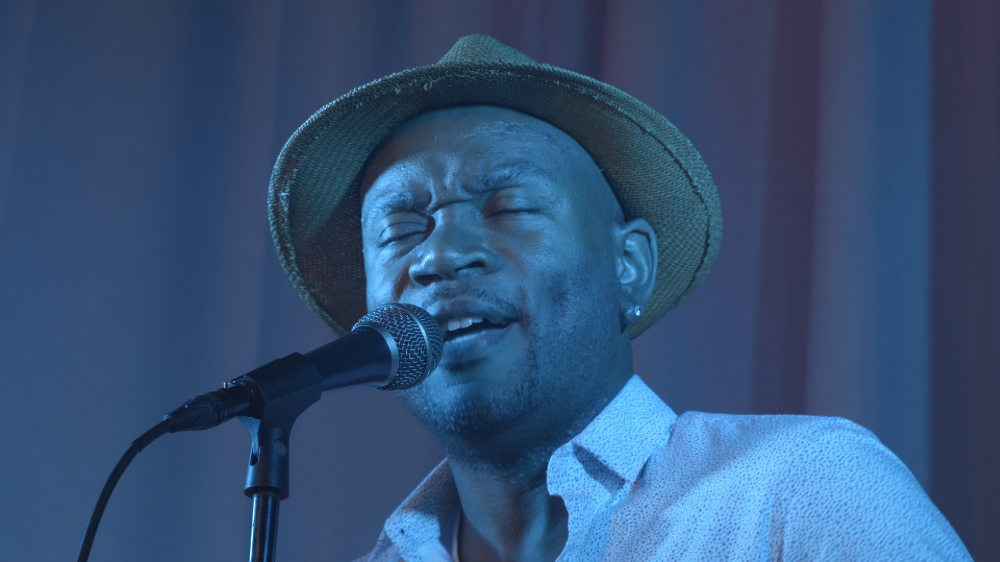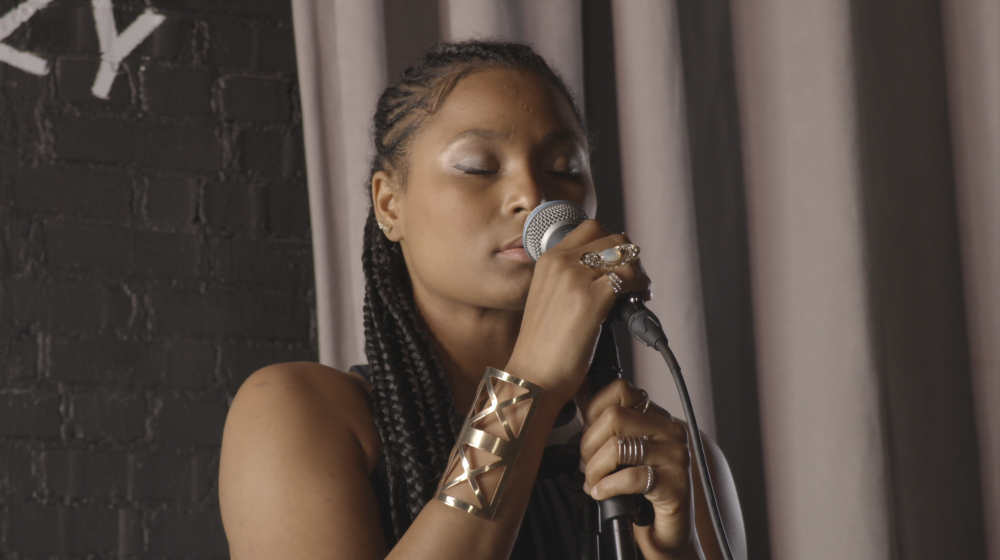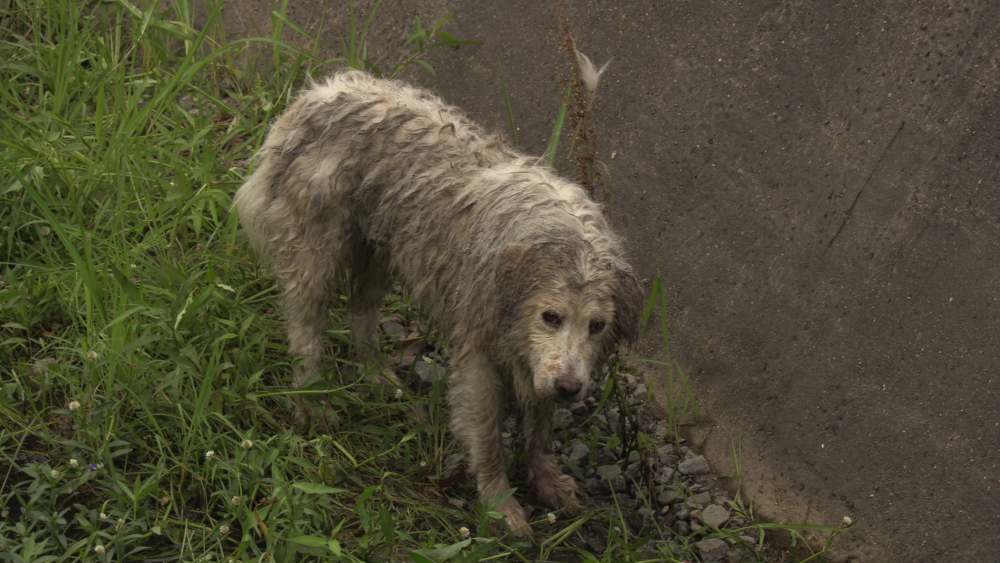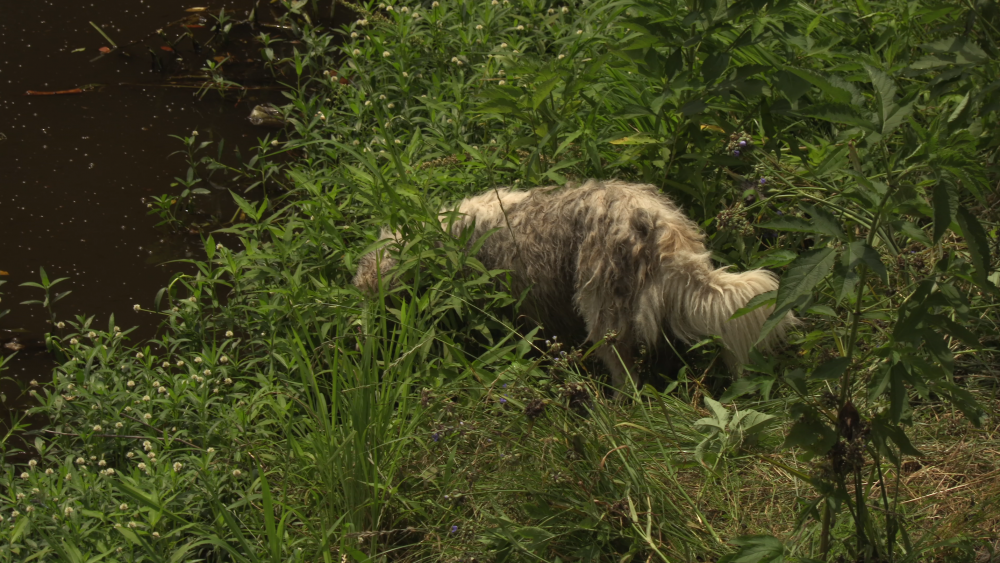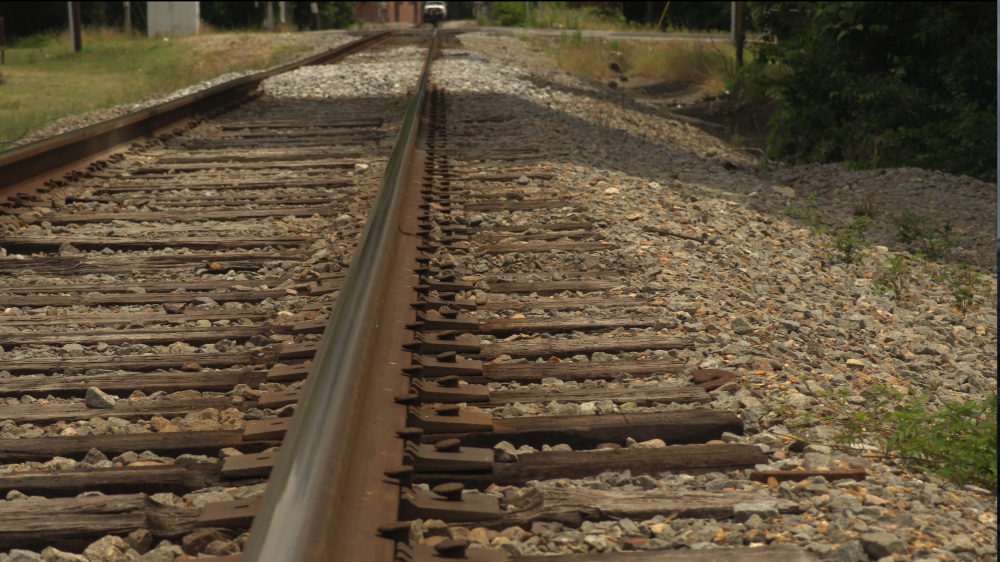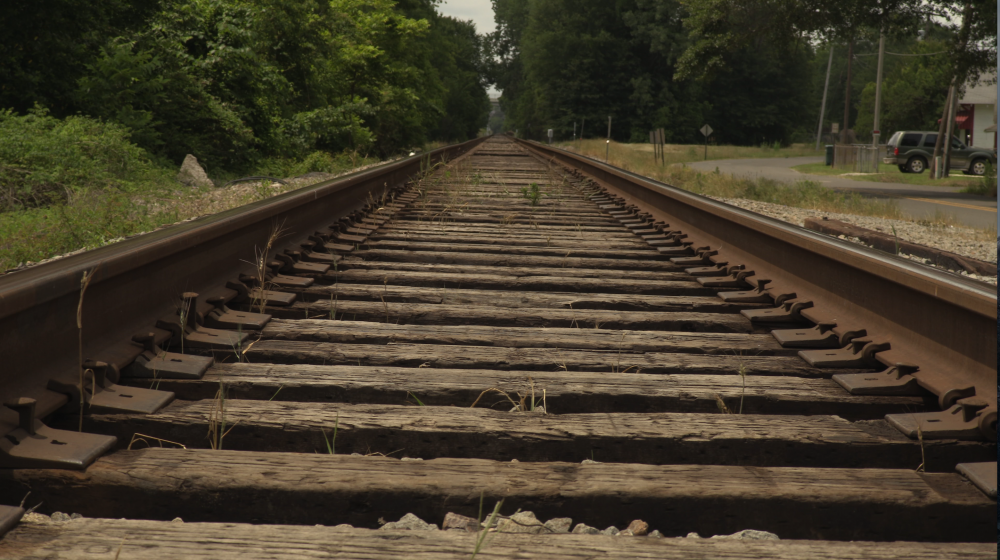Leaderboard
Popular Content
Showing content with the highest reputation on 07/06/2016 in all areas
-
In my experience with the gf1 and gx7 on the stills side, I like the results with vintage lenses, and they have bags of character, and a "snap shot" smaller film format feel.. a real still guy could probably get amazing results, but when I had even a aspc Canon 50d for a while, even with a crappy old canon kit zoom and on full auto, the pics coming out of that thing blew away anything I have been able to get with the Panasonics! Again, I'm no stills expert, but it seems you have to be a pretty serious photo guy to pull amazing images out of the Panasonics.. love them for video, apart from the motion.. can work around the colour.. but for stills - I would almost reach for my el cheapo $100 Samsung Galaxy J1 phone! MFT stills always just seem congested within the frame somehow for me.. the can't touch even the aspc Canon's for my tastes! I love the look of medium format stills even more Tons of options for stills, built in intevalvometer.. good burst rates etc - all the stills features, but no where near the Canon's etc for me! Sure the Panasonic can take ok photos, but all the photo's that make me say wow, and look like you could reach into the frame have usually been on a 5d or medium format cam.. never really seen an MFT still that really wowed me! Again, I am not a huge stills shooter in any way, just my two cents worth GX7 with Minolta 28mm GF1 with Olympus 25 2.8 4/3 Samsung Galaxy J1 smartphone3 points
-
I have a GX8, not a GX85, and the sensors are different of course, but I found that when I moved from a Nikon D810 and two D5200's my photography keeper rate improved dramatically. This is because the stabilisation of the GX8 body and OIS lenses is so good, camera shake at low shutter speeds became a thing of the past. Also the Panny autofocus and face tracking is so good that it helped improve keeper rate too. I do photojournalism so having good AF really helps in catching the image quickly and accurately. When I realised that no-one wanted the huge images that the 810 delivers, it was time to switch to the Panny. Although OIS lenses with AF are great, I prefer the more "organic" approach to photography with manual lenses (when time allows) so my go to lens is now the Voit 25mm f/0.95. The inbody stabilisation of the GX8 really helps when using the Voit. I am sure that the GX85 with vintage lenses would be just as good, if not better.2 points
-
In my opinion, stellar. Some will say EM5II is ever-so-slightly better, but that's 1080p. You get 16MP. That's enough for some very large wall prints. How big do you need? A few years ago, I was using tricks like UniWB to get an accurate reading of a histogram so that I wouldn't blow out highlights- this camera doesn't need that trick. It's very much WYSIWYG from what you see on the screen. However, MFT sensors aren't really know for their DR abilities, but this one does a great job keeping highlights down and telling you the truth about when they go over. Having shot many cameras in RAW for the past 8 years, I've seen better pure performance, but they were more of a lottery when you got it on the computer. Finally, the GX80's JPEG's actually look remarkably similar in DR to the RAW's- and that's a good thing.2 points
-
I have both cameras and I'm going to do a post about this at some point but basically the decision really should come down to what you will find more useful: 5 axis stabilisation or fast C-Af. There's a lot more points to make about the subject but like I said I will probably do a write-up some time.2 points
-
I have a huge collection of short films from big Film Festivals, and most of them are Absolute Rubbish. I am guessing, it's more of creating hype and propaganda, and getting an agent, or becoming one, that gets you through. For most things. Also, while some films have excellent cinematography, or other technical bits, their stories and direction are good for toddlers, at best. Start systematically. Ensure the edit is good. Most often, faster cuts (and large angled camera shots, where faces aren't so visible for bad actors) can make an average film seem good. Also, ensure the sound is good. Check ADR as an option, and put in a good background score. Good coloring and grading are also necessary. Also, good posters, and working stills (along with a good trailer) would be a great idea. Make a list of Film Festivals like this: 1. Ones closest to your house. Like within a radius you can travel to (like 100-500 kms) with your parents or friends. 2. The ones that are Free. Or have very low entry fees. Sundance charges $40 for early bird entries for their Short Films. SOTC (short of the week) charges $29. The $11 isn't exactly huge, by any standard. And, many famous film festivals charges almost nothing, many even less than Sundance. Do your research. There must be atleast 30-50 like these. 3. The ones, whose owners, producers you can meet and discuss, and get some mileage out of, for showing in their festivals. 4. Film Festivals where you can meet and intereact with people for showcasing of your film, and taking their feedback. Sundance seems like a great place for meeting people, learning from them, and maybe even collaborating with them. 5. Do a round of as many film festivals as you can. Give yourself a budget. Of like "$100-whatever" to do a round of all possible film festivals. Don't spend more than 50% of that cost for the big ones, because they may or may not take a film (read my first para above). There is no criteria for them selecting a film. 6. Rejection means nothing. I am quite dismissive of many famous people. One should never discover how they made it big (as opposed to their version of the truth). Also, most people in the films festival circuit didn't either think much of Paranormal Activity or hadn't even heard of it. As a matter of fact, Sundance rejected it outright. So, like I said, rejection means nothing. 7. Show the world your film. You job is not to sit in judgment of it. Let the others do that. Just push it down everyone's throat. Whether they want to, or not. That's your job. I hope this helps with the timelines, and the Fee/ No Fee option : http://www.thetakes.com/festivals/#.V3zbhbh97IU2 points
-
Petition for Samsung NX1 hack
saintsimon2016 and one other reacted to vasile for a topic
I started already (but will be away until Aug)- see here for details.2 points -
I am now doing groundwork for mods that will be a lot more advanced. This is why you are likely to not see any visible progress for a while. In essence I am trying to zombify the di-camera-app to enable bi-directional communications between it and my mod infrastructure, and to introduce the possibility to "drive" it from the mod runtime.. If successful this should allow many things, potentially including native UI integration, true BBAF, native integration of focus stack & focus pull, etc. etc. My plan is to make it an extensible and open framework upon which others might build on (e.g. Otto) to deliver things that work in coordinated manner with the native app, and that are aware of what the native app does. This will allow, for example, to have the UI permanently up to date regardless of what the mod does (as opposed to today where mods do not update the UI because they are independent of di-camera-app). NB. Nothing above is a promise or commitment and you do not see any timeline, do you? PS. I still covet that lens ;-)2 points
-
@mercer @John Matthews @Michael Coffee etc.. I have shot with a plethora of cameras including Fuji's, Panasonics, Sony's, Nikons (crop and full frame). In terms of JPEG output, the Fuji and (extremely surprisingly) the Sony a6300 have for me been the most pleasing. But in terms of RAW, they're all as good as you ever need them to be. What matters more than anything is the scene and the lens. If you don't believe me you can look through my photos http://www.sebcastilho.com/people/ The images can be downloaded too and EXIF data is in tact. Theres stills from all the cameras Ive used there including some film cameras. What matters a lot too is ergonomics and in this regard I find mirrorless cameras to have a big advantage over DSLRs due to their live-view autofocus capability, allowing you to get angles that are very difficult with a DSLR. @sanveer The write up probably won't happen for at least a few weeks because I want to shoot and edit some videos first. But if you have any questions you can message me.1 point
-
My Review of the Zhiyun Crane 3-Axis Gimbal
Ty Harper reacted to Mattias Burling for a topic
No idea.1 point -
I was very doubtful ref my commitment to M4/3s after the G6 - useability great - but photo quality - wasn't convinced with - just didn't like the output much, dull, seemingly not great DR, and files didn't seem to like much post-processing Lightroom GX80 was cheap enough to take a punt on - at a minimum would make a great video recorder But .. GX80 from initial tests seems much better photo wise vs my G6 - photo ouput seems very similar in IQ to my Nex 5n - and that is a VERY good thing - the sensor to me seems much much improved1 point
-

Petition for Samsung NX1 hack
Marco Tecno reacted to SMGJohn for a topic
Can you test stability with 100/120fps at high bitrate? I had one corrupt frame at 160mbps with KinoSeed a while back1 point -
Thanks for the input Michael. I would seriously doubt if a 50d or 5D III would knock the socks off a GX80 in terms of anything, when talking about the final product of a print or "getting the shot" experience. Not saying they would do poorly either. Photography tech is at a point today (even 5 years ago) at which the "problem" is no longer the camera. Medium-sized wall prints can be had with amazing quality and ease- probably rating up with the medium format cameras of yesteryear. Back then, if just one part of the process went sour, your print would suffer. Now, the process has been perfected. It would be crazy to say MFT can't take an exposition quality photo; hell, if a phone can do it, why couldn't MFT?1 point
-

Petition for Samsung NX1 hack
Pavel Mašek reacted to SMGJohn for a topic
Too bad no Samsung employee will leak the tools they used for NX1, or they probably ended up in concrete somewhere in Tokyo bay1 point -
I have $6k. Need a camera this week. Help me decide.
Geoff CB reacted to ricardo_sousa11 for a topic
If I had that cash, def I'd pick the Fs5, its an absolut beast from what I hear, and very very versatile.1 point -
From a pure photography point of view, the D5500 is better. How much better? We're talking single percentage points better. However, when you compare the feature set of the Panasonic for photography and video (minus microphone input), the Panasonic offers much more, especially for video. I'll also say that 4k trumps flat profile. Get a good external recorder and enjoy great sound. There's my take on it. I looked at the D5500, but came to the conclusion that video isn't Nikon's bread and butter. The GX80 offers cutting-edge 2016 tech and features for a crazy price.1 point
-
Sony Mirrorless reliability...
DPC reacted to BrooklynDan for a topic
I service cameras all day long at a rental house, and it seems to me that as product development cycles have sped up, build quality has gone down. I get FS5s and FS7s coming back from shoots and they are simply in an appalling state. Not built for field work at all. Back in the day, the F3 was a tank. Simply a tank. That camera and other cameras built under their CineAlta banner got much better quality materials. The consumer/prosumer cameras....not so much. I was helping a fellow tech attach a battery grip to an A7S II yesterday. Couldn't get it to work. They sometimes go out six at a time, like GoPros, and come back with two or three in need of repair. These are toys, not professional cameras. That said, Canon isn't immune. I've had to take multiple C300 MK IIs out of commission in the last few weeks due to failing ND wheels. The motors seem to burn out quickly. Meanwhile, original C300s keep on chugging after years of punishment and abuse in the field. Canon DSLRs (as well as Nikon ones) are rock solid, though. You can give them shit for taking forever to upgrade and add features, but they take their time and build heavy-duty, reliable gear.1 point -
Good to hear. I don't need huge prints, or anything, just have been enjoying photo essays on Flickr and I figured if I want to start with stills, that raw would be the way to go. Do you think the D5500 would be better for stills than the GX85? I don't necessarily need 4K video, but the ibis is a major selling point for stills and video, I'd imagine? I do really like the video image from both cameras... That D5500 flat profile is simply gorgeous and it has a mic input. Ugh too many decisions. Thanks for the reply!!!1 point
-
So, about 2 months ago I was ready to sell off a lot of my lenses and my few cameras and purchase this little guy. As I was patiently waiting for it to be released, my short screenplay turned out better than I expected and I happened upon some videos from the newly released BMMCC. Since my script requires a fair amount of slow motion, I opted for the higher DR and 10bit color than higher resolution 4K and 5axis stabilization of the GX85... Even with the learning curve, I am happy with my choice. But I have a few smaller projects that have a more run and gun nature and the BMMCC is a lot, but it isn't a run and gun camera. I've also seen some amazing videos from you guys, with the GX85, with fantastic color, in some ways better than previous Panasonic cameras and in a lot of ways more Canon like. So while I was getting acclimated with the BMMCC, I have missed out on a lot of the discussion regarding this little beast... Needless to say, I have a few questions that may be answered quicker than me reading 28 pages of forum discussion... If someone would be so kind? 1. How is the IBIS with non ois lenses? 2. When I had my G7, I occasionally used my Sigma 19 & 30mm 2.8 lenses. The AF button worked like a charm for quick set ups. From memory, the GX85 does not have a dedicated AF button, but can one be assigned to one of the FN buttons? 3. I have recently become interested in stills photography, but now lack a camera to shoot with, so is micro 4/3rds a viable stills camera as well... Specifically the GX85's raw capabilities? So since this would truly be a hybrid camera for me, can you guys recommend it, or would something like a Nikon D5500, with its aps-c sensor and mic input be a better hybrid option?1 point
-
Since it is with a high profile musician, why not rent the C300 ii and buy the C100 mkii for B-roll or in case something happens with the C300. But I don't know if the rental cost and purchase cost exceeds your budget? If you can swing it, the C100 mkii, at the current price is just a money maker... Or maybe even an XC10. You can do a lot with that little guy.1 point
-
1 point
-
Yes it does. Still unclear to me whether this is lens or body related. I experienced it with the 14-140mm, the only native M43 lens I own. Electronic shutter gives massive improvement in the aforementioned shutter speed range. Drawbacks are less bit depth (though not sure about that) and distortions on fast moving subjects. Has been working fine though for me. For video on the G7 I use vintage glass. This reminds me I should test those also with mechanical versus electronic shutter. Should be able to identify the source of the 'shock', no?1 point
-
Thanks for the encouragement! That's a great idea. There's not much of like a public interest theme.. it's just a really stupid conversation between two friends haha. but there's a filmmaker I love who's active on twitter, and this is slightly along his advice for noobs. Tweeting him might get a return1 point
-
@Liam ive been meaning to repsond to this thread ive just been busy. its awesome to hear what youre working on. you clearly have a lot of fighting spirit – making films is really hard! dont give up. keep doing it question: are you able to say in a word what your film is like, or what its about...? my thought is that any kind of cross-promotional marketing you can do might be really helpful. example: the film is about a pro wrestler, so you flyer an indie wrestling show. you get them to post on their facebook. your film is about a skateboarder, so you send the short to famous skateboarders on twitter, and one of them puts it over to his 3.7 million followers a lot of wise comments above about film festivals and the reality of all that. depends on your goals i guess, as well as your tolerance for paying hundreds of dollars to be ignored lol anyway, it sounds like you have an accurate, sober view of whats going on, which is more than a lot of people. go get em!!1 point
-
My Review of the Zhiyun Crane 3-Axis Gimbal
Ty Harper reacted to Mattias Burling for a topic
Yeah a 5D is a no go. Even just an NX1 is 1200g without lens.1 point -
Sony Mirrorless reliability...
Shield3 reacted to Mattias Burling for a topic
Ha! Actually got it replaced yesterday. Can't for the love of me figure out why I didn't exchange it for a gx80, gx8, what have you. But its like always with Sony, I want them to be good. Anyway, the new one works.... But the EVF is crooked... Probably my fault as well1 point -
Sounds like renting's probably your best option, and will likely serve you better anyway. You'll be able to customise the things you need a lot better and easier than having to cobble together parts on a limited budget (and can potentially shoot on a better camera/lens combo to boot!)1 point
-
Shutter shock happens with the mechanical shutter within the range of 125-250 shutters. It is absent when using the electronic shutter. GX8 and GX85 seem to be the first Lumix cameras not to exhibit this unwanted feature when in mechanical shutter mode.1 point
-
Well, talk about amateurish look and apect ratio. Film friends of mine and I did a 4 cams challenge, 2 DV camcorders and 2 HD hybrids in the mix, 4 to 3 ratio. Was fun to do without planning other than having four people going crazy on our actress and filming like little devils. Mixing SD and HD cams wasn´t exactely my idea, neither having four cameras, but I decided to agree on it and I´m happy we did it that way. So old school look is not only cool for the look but also for the way how to approach filming. Really loved the approch of our lowfi project. In the end I had 1hour of footage at my hands to sculpt what became 3min in the final result. Matching the cams and grading was fun too. The beautiful autumn day helped the colors quiet a bit.1 point
-

Super anamorphic project
Kristoferman reacted to Vladimir for a topic
did a quick test with second prototype, shot with a7s/shogun: frame1: 100mm/1.8 wide open, close focus at 1.2m end up 16:9 ratio - will fix that with rectilux (when i can get it :), graded with lumetri in premiere (curves, wheels, lut - mixed all that to test out how grading posibilities is changed with 1/3 additional data - and it feels like it changed noticeably), there is visible lightened areas on top and bottom - thats because front stack of two glasses is poped out of current housing frame2: closed down to something between f2.8~4 and still missed a focus, so think of it as RS effect test aaand... just look at it and here's a part i totally screwed up - u can clearly can see what's happened) i was so busy nailing focus so didn't notice i forgot to change mode, but still u can watch it as rough background rendition/dof test (wide open, focus at 1-2m, no grading):1 point -
I have $6k. Need a camera this week. Help me decide.
Dave Maze reacted to independent for a topic
It really depends on your needs. A documentary could mean dodging bullets or establishing shots and interviews. A music video and narrative, the same. The content should dictate what kind of camera you use. Then consider the production costs and needs. Your crew, lighting and sound. Different cameras have different needs. Lastly, post production costs and delivery matters. All of these should factor into your decision. But honestly, your demands are broad enough to NOT buy. There is no magical camera that rules them all. All of them involve compromises. It's not a sexy answer, but put your money into talent and crew. A lot of camera ops and sound mixers/boom ops are also available as wet hires. They bring their own gear, and they're skilled at using them. Many of them market themselves with their gear, so you can also vet them based on what cameras they have and use. It'll be a lot better than throwing a new camera at some guy and telling him to figure it out, because you read that it was the bees knees on an Internet forum. Think about the quirks of all these cameras. Ergonomically, menu-wise, and some things that you have to know only if you understand the full process of capturing and delivering that image. That only comes from experience, so put your money towards experience and skill, and the only thing more important than that is letting the content dictate everything. It'll make you a better storyteller and filmmaker.1 point -
1 point
-
Your ideal NX1 Settings
Marco Tecno reacted to ricardo_sousa11 for a topic
Would love to get in touch with them and check what they are doing with it, maybe give them some footage for beta testing! Anyway, hase been testing some filmconvert grades : Still not totally happy with it, but they do look quite filmic imo, and they seem less agressive than some luts I usually use.1 point -
My Review of the Zhiyun Crane 3-Axis Gimbal
Shepard HS reacted to Mattias Burling for a topic
If you mount the cables with enough care, I think you might be able to mount the screen on the handle. The motors are very strong, so a loose HDMI cable like the Atomos or similar might work. I don't have a monitor but will try to "simulate" it somehow. You would of course loose the whole 360 spin thing, but how often will that be really needed.1 point -
My Review of the Zhiyun Crane 3-Axis Gimbal
Shepard HS reacted to eekamouse for a topic
Thank you for this review Mattias. I've been on the fence whether to dive into gimbals(have used Glidecam stabilizers) and what has always put me off is reading the reviews of others struggling with trying to get them stabilized and or needing something of a computer science degree to program. If your opinion is it's easy to setup and go, I'm sold. The only thing that concerns me is I'd be attempting to use this with a BM Micro and smallhd dp4 so I think it may be over the weight limit.1 point -
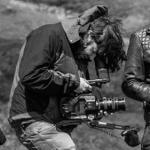
Cadence Plugin
kaylee reacted to Oliver Daniel for a topic
I perceive this attractive "motion candence" in cameras that shoot raw. Maybe because the image feels "complete" and compression takes away a lot of the motion anyway. It's subjective but those of us with more than an eye can spot it. Then on top there's: - 24/25p 180 degree shutter. - Fast shutter readout. - High dynamic range (smoother roll of frames). Lovely cadence: Alexa, RED, D16, BMCC (raw), Kinefinity, Varicam LT, Canon 5d ML Medium Cadence: Canon C series, Sony F55, FS7 (only just), X5R. Poor Cadence: All Sony mirrorless, FS5, Panasonic GH and AF, any cheap mirrorless, GoPro, DJI X3 and X5.1 point -

What do I do with my short film?
vaga reacted to fuzzynormal for a topic
Having a decent script is awesome. It's always a challenge to make a great movie, regardless of a strong written foundation. Hope you can pull it off! Regarding Vimeo: my wife and I made a very very modest documentary that we put on Vimeo, and we see a trickle of income from it. We've never bothered to promote it, but it's a topic that has a niche so orders keep floating in. If you hook into a supporting community, they will prop you up a little bit, which is certainly nice. If you think your film is good enough for the upper echelon film festivals, then yeah, give it a shot. As an active member of a small SoCal film fest I can tell you, we're desperate for films with a creative POV, from filmmakers that have an actual voice. There's plenty of decently crafted films that we see, (because of the democratization of production gear) but not a heck of a lot that are truly accomplished with compelling and creative cinematic storytelling. I'll be completely honest here (so don't tell anyone I wrote this) --it's personally a bit frustrating to screen some of the films we screen. But ultimately that's cool. That's all part of it. My tastes in film doesn't exactly jibe with the rest of our selection committee's POV. To put it diplomatically: We're "diverse." To state it realistically: We put average films in the festival. 1. because we need the programming. 2. particular topics, rather than cinematic creativity, will appeal to our selection committee. (This is not necessarily a bad thing, I'm just acknowledging a typical situation of film fests) As it happens, almost all good films that get submitted to our festival will get into our festival. (there's some ideological politics involved as well that go into the submission decisions --that's the nature of a committee) But, be that as it may, we're a film festival that's incredibly embraced by our community. Every single screening during our 5 day festival sees attendance of 150-200 people...and this is in a proper theatre venue that officially seats 185. So, if you ever get accepted to film festival be wise and do your research regarding what sort of event they present. It's a bit much to travel across the nation to attend, go to your screening, and then it's you the filmmaker and only 4 other people in a sunlit conference room with a LCD projector... Experience that firsthand and you'll get a rude awakening of the sad state of some so-called film "festivals" these days. This doesn't even take into account the festivals that exist solely to generate submission income and then dole out laurels and empty awards, while never even holding physical screenings. Our festival may be small, but at least it's legit. At any rate, PM if you're interested. I'd like to hear what you got going. Also: Good luck in general!1 point -
Shooting in Super 8 and planning to project it in the 90s was about as useful as shooting with a Flip cam for a feature film today. But I do agree with you that these samples do not look exactly like Super 8 but they are reminiscent of it... Which is what I think was the point. With that being said, your video samples look nice. I am amazed to see how clean Super 8 negative stocks are now. A few months back, a bunch of videos were posted that looked absolutely stunning. I also agree with this, but I will say the biggest culprit of the "looks" in this thread is the shallow depth of field, especially with the wide shots. Super 8 had wide depth, so when the shallow depth of field reared it's head, it took me out of the small frame feel original Super 8 had. With that being said, I still think it's a very cool experiment. I wonder what an early HD cam could do... Maybe an HV20 windowboxed or using 4:3 guides... It may have a nice mix of definition and color that really could reproduce that Kodachrome feel. Also, I think Frank Glencairn has a highly regarded Kodachrome LUT that may be neato to mess with.1 point
-
who cares what super 8 looks like now - it's mostly an image in our heads. It's all psycosemantic. As long as you like the look, thats good, whether or not it confirms to "reality"1 point
-
Sharp full frame lenses for 2X anamorphic
BrorSvensson reacted to bzpop for a topic
1 point -
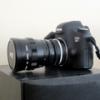
Sharp full frame lenses for 2X anamorphic
BrorSvensson reacted to ken for a topic
Ef 100 f2 is a very good lens, metal thread, better then 85 1.8, if don't mind not so wide. 85L is the king in 85s, but not sure which Ana lens fits it. 16h is too small for it. Other big lens might not wide enough with it.1 point -
1 point
-

Canon XC10 versus Sony RX10 III. The Canon is underrated!
Snowfun reacted to fuzzynormal for a topic
Perhaps. But then again, I say as a documentarian, so what? From the POV of my reality I think I disagree with your assertion. I guess, by certain perception, I'm in the "I can barely make it" camp. As it happens, I've never been beholden to the idea that certain gear is inherently not-good-enough simply because of the market it's being sold to. I rent when I need to and I shoot with many of these contemptible "toys" when I need to. My opinion is that a tool is a tool. I'm not going to bring a "knife to a gun fight" nor am I going to do the opposite. It's curious, I think, how some people perceive themselves as superior in an (supposedly) artistic medium simply because they have more expensive pro tools to do the craft. Does anyone else find that odd? Especially these days? That sort of elitism was curious even a decade ago. Now, it really doesn't make sense. Anyone with $3K can access more than good enough IQ/audio/post for a production that, with skill, will look around 90%+ as good as anything. That's NOT rhetoric. I'm convinced it's just the truth. What am I to believe? The defensive opinions of industry professionals threatened by the gear democratization, or my lying eyes when I see the work of Kendy Ty or a Ruslan Pelykh? You tell me, because there are a lot of people out there kicking ass with cameras that wouldn't even cover the cost of a friggin' camera battery from a few decades ago. What get delivered is what counts.* But, as far as I'm concerned, if I artistically need to use an iPhone or an Alexa to cross a finish line, that's what's gonna happen. And for what I'm doing, it's been leaning toward the former rather than the later for years now. Finally, I'd even argue "amateurs" is exactly a pejorative. If anything, by the original etymology of that word, it probably has more merit and artistic integrity these days than "professional." * ( For reasons only they can justify, a lot of corporate work I do actually wants the allure of "real" gear around during the process. )1 point -

Canon XC10 versus Sony RX10 III. The Canon is underrated!
AaronChicago reacted to jpfilmz for a topic
I've just finished filming a short film. We used 5D Raw, A7s + speed booster, GH4 + speed booster, and the XC10. The best looking and "organic moving" footage in my opinion came from the 5D Raw and the xc10 in 4k. The a7s was the 3rd best and the gh4 was the sharpest "out of camera". We could have comfortably shot the whole thing on the XC10. Unsharpened ungraded CLOG frame grabs. Having a 1 inch sensor is no hindrance for a shooter like me...i own multiple cameras and i light my shoots. I'm invested in canon gear, it uses the same batteries as the 5D3, has good battery run time, doesn't overheat and captures excellent video quality that compliments 5D Raw. I don't have to carry around a 25lb camera bag with various lenses and accessories to be able to shoot dynamically with the xc10. The only accessory I carry is a variable nd filter. I like to minize rigging as much as possible and I don't want an xlr input on this form factor, a rode videomic pro is good enough. The only thing i would like is a constant f/2.8 and true DPAF. I wouldn't even bother with a C100-300 if it had those 2 features. More ungraded frames of CLOG + Variable ND filter of me testing the cam on a poor trapped dog.1 point



